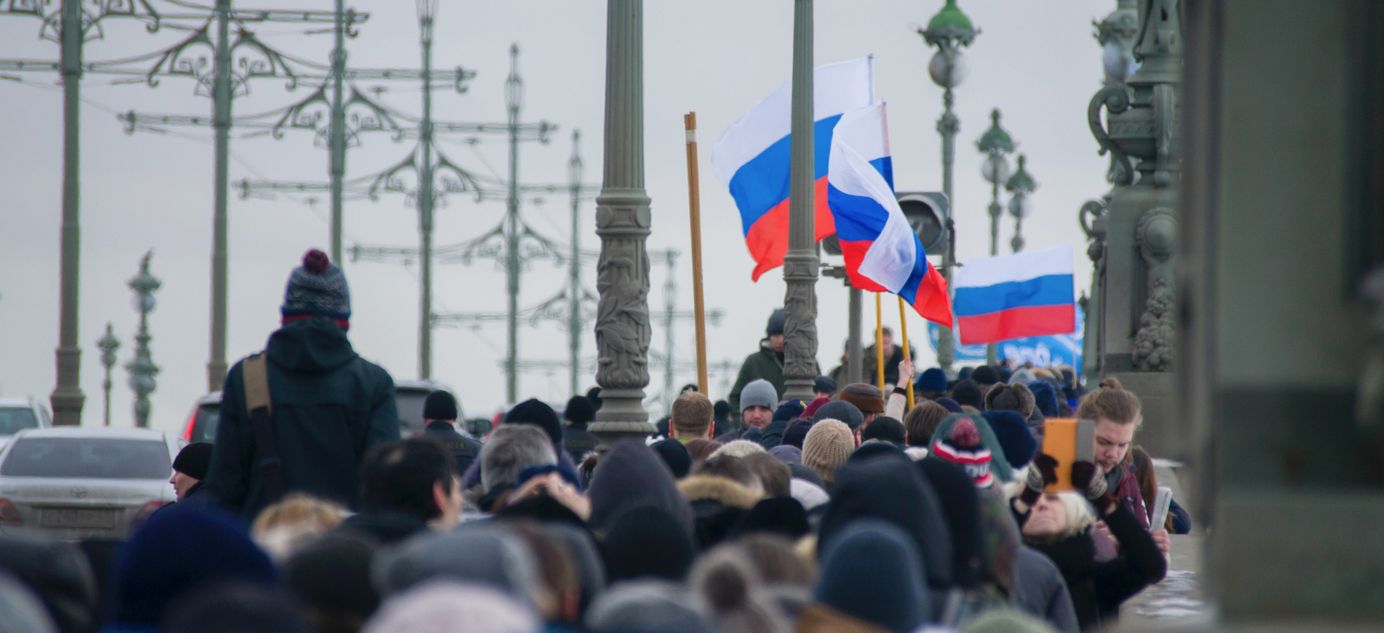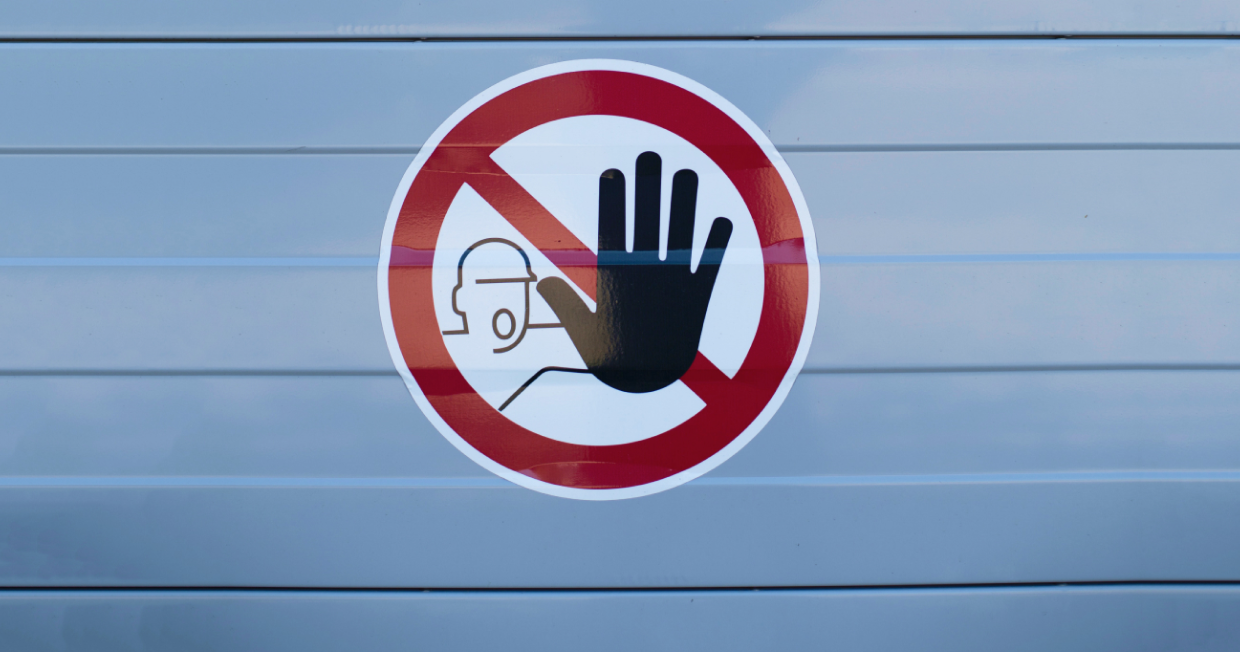
Oil product embargo
Hello! Our top story this week is about the imposition of the West’s oil product embargo, Putin’s attempt to use the World War II battle of Stalingrad to rally support for the Ukraine war and the International Monetary Fund’s surprisingly positive forecast for the Russian economy.
Latest Western oil embargo expected to have minimal impact
A Western embargo on Russian oil products came into force Sunday — along with the related price cap. Oil products are a market segment in which Russian companies will have a hard time replacing European costumes with Asian ones (traditionally, Asian countries only buy crude oil from Russia). Gasoline prices in Russia have already dropped. However, analysts predict that the new sanctions will not bring disastrous consequences.
- The Western price cap is $100 a barrel for oil products trading at a higher price than crude (such as diesel or gasoline) and $45 for products cheaper than crude (such as fuel oil). These levels imply a reduction of about 25% compared with prices in northwest Europe. However, it is almost impossible to predict what will really happen: Russia’s oil trading market is now so opaque that it is increasingly difficult to understand the real price of transactions. You can read more about that here.
- Petroleum products are Russia’s second largest commodity export after crude oil, accounting for about one third of all oil-and-gas sales. In 2021, Russia generated $70 billion from exporting petroleum products (crude oil exports were worth $110 billion and gas $55.5 billion). It will be more difficult to redirect these exports towards Asia because China and India do not need such large amounts of petroleum products.
- In the run-up to the introduction of the embargo, Russian exchanges were running at their highest volumes since 2011, while prices dropped to multi-year lows: AI-92 gasoline traded at its lowest price since 2016 on the Petersburg exchange, diesel was at its lowest rate since 2017. Prices fell due to evaporating demand from European buyers in advance of the embargo. According to a source who spoke to news agency Interfax, the domestic market now has a near-record stock of fuel.
- Even so, Russian economists are not anticipating any great disasters. Sergei Kaufman, an analyst at Finam investment bank, said that some exports will be redirected to countries in Africa, Southeast Asia and even Latin America. We may also see attempts to evade the embargo: for example, Russia may export more petroleum products to the Gulf states, who then increase their exports to Europe. Another of The Bell’s sources at a leading Russian investment bank admitted that it will be hard to redirect petroleum products to new markets.
- Russia’s financial plans anticipate a decline in oil production. All of the anticipated decline could come as a result of the petroleum products embargo, according to one of The Bell’s sources at a Russian investment bank. Brokerage BKS suggested in a recent report that the Western embargoes on oil and petroleum products could result in a decline of one million barrels a day in Russia’s oil production. However, the publication expects this to be a temporary blip: like in 2022 when oil markets quickly adjusted to the “new normal.”
Why the world should care
When the EU imposed its oil embargo last year it caused financial problems. However, for such embargoes to be a serious problem for the Kremlin, Russian oil prices would have to remain at ultra-low levels for a long time. Instead, oil prices seem to have bottomed out: according to official figures, in January the average price for a barrel of Russian Urals crude was $49.5, up slightly from $46.8 in late December.
Putin tries to inspire Russia with the legend of Stalingrad
Ahead of an anticipated Russian offensive in Ukraine, President Vladimir Putin is attempting to galvanize society by invoking the sacred legacy of World War II — or, as it is known in Russia, the Great Patriotic War. Last week, Putin went to Volgograd, which briefly re-adopted its historical name of Stalingrad. In the wake of Germany’s decision to send tanks to Ukraine, Putin is trying to present his war as a continuation of the struggle against Nazism.
- For Putin, whose patriotic vision is based on the Soviet victory over Germany in World War II, the 80th anniversary of the Battle of Stalingrad was too important a date to miss. The so-called Great Patriotic War is great for the Kremlin’s propaganda purposes because it lasted five years and there is always a big anniversary in the offing. This year alone will bring at least two more big dates that can be exploited by propagandists: July marks 80 years since the Soviet victory at the Battle of Kursk (every Russian school child learns about the biggest tank battle in history). And November brings the 80th anniversary of the liberation of Kyiv from the Nazis.
- Stalingrad, a game-changing Soviet victory after 18 months of defeat and retreat, suits the Kremlin well in a situation where Russia has suffered painful losses in Ukraine and is preparing for a new attack. This was the underlying message of Putin’s speech. “This was not merely a battle for a city — the very existence of a tormented but unvanquished country was at stake… Every person in the trenches and on the home front felt and understood this. And so, as it has happened repeatedly in our history, we united in the decisive battle and won,” Putin said.
- The anniversary also — fortuitously — coincided with the West’s decision to supply Ukraine with German Leopard 2 tanks. “The ideology of Nazism – this time in its modern guise — is again creating direct threats to our national security, and we are, time and again, forced to resist the aggression of the collective West. However incredible, it is a fact — we are again being threatened with German Leopard tanks with crosses painted on them. There is again a plan to fight Russia on Ukrainian land using Hitler’s successors,” Putin said.
- Of course, in Putin’s telling, Germany is not the main enemy but merely a puppet in U.S. hands. “Those that are dragging European countries, including Germany, into a new war with Russia… apparently fail to understand that a modern war against Russia will be a completely different war for them. We do not send our tanks to their borders but we have to respond… [and our response] will not be limited to the use of armor. Everyone must realize this,” Putin said.
- This time, however, Putin did not speak about — or even hint at — Russia’s nuclear capabilities, as he has done more than once in the past. Apparently, sending tanks to Ukraine is not crossing one of the Kremlin’s “red lines.”
- Staging this event in Volgograd was a way for the Kremlin to target an important audience: people who are nostalgic for the Soviet Union. Ever since 1961, when Nikita Khrushchev gave Volgograd its current name, Communist hardliners have demanded a return to “Stalingrad.” The Kremlin is not about to restore that name permanently. However, since 2013, there have been frequent instances where the name is temporarily changed to mark significant wartime anniversaries. On approaches to the city, signs are changed from “Volgograd” to “Stalingrad.” This year, however, the “Stalinist” theme was more prominent than usual. The city was hung with banners featuring Stalin and a bust of the dictator was unveiled at the Battle of Stalingrad memorial. The latter is a rare event. All old monuments to Stalin in the Soviet Union had been removed by the late 1960s — new ones erected by authorities, rather than private enthusiasts, are extremely rare.
Why the world should care
After the Russian invasion of Ukraine there was a popular theory that Putin, obsessed with history, was trying to recreate the Great Patriotic War. That’s a possible explanation for Russia’s persistence: the World War II narrative demands that Russia be on the brink of defeat before recovering to win. Half of the story has been told – the Russian army has been defeated and forced onto the backfoot. Now, Putin is hoping to turn the tide. For this to happen, the Russian population needs to be convinced that its army is not invading a peaceful neighbor, but instead repelling a Nazi offensive coordinated from Washington.
IMF predicts Russian economy to rebound in 2023
International economic institutions, which recently doubted Russia’s economy could survive under Western sanctions, are now sounding more optimistic than even the Russian government. The International Monetary Fund (IMF), known for its gloomy forecasts, this week predicted Russia’s GDP will grow 0.3% this year.
- The typically conservative IMF was much more upbeat than usual in its most recent forecasts for the global economy — for which it anticipates 2.9% growth (up 0.2 percentage points from its October forecast). Russia’s forecast was upgraded even more than the global figures: in October, the IMF predicted a 2.3% fall in Russian GDP in 2023; now it is talking about 0.3% growth. In 2024, they believe Russia’s GDP will increase by as much as 2.1%.
- The IMF’s latest figures are the most optimistic 2023 forecast around. They are well above the February consensus among Russian economists (decline of 1.5%) and the official projections of the Russian authorities: the Ministry of Economic Development currently predicts a fall of 0.8%, while the Central Bank expects a drop of up to 4%.
- IMF economists explain this optimism as based on the stability of Russian oil exports. “At the current oil price cap level, Russian crude oil export volumes are not expected to be significantly affected, with Russian trade continuing to be redirected from sanctioning to non-sanctioning countries,” the report stated.
- If Russia’s economy is to live up to the IMF’s expectations, output needs to increase by 0.4% every quarter from the fourth quarter of last year to the fourth quarter of 2023, according to a Telegram channel run by Bloomberg Economics’ Alexander Isakov. The economist thinks this is realistic. “The IMF’s figures seem persuasive.”
- Business activity in Russia continues to recover. According to an updated State Statistics Service (Rosstat) estimate and the Central Bank’s figures, in the third quarter the economy turned a corner (+0.86% compared with the previous quarter). Russia’s economy moves into 2023 with a higher level of activity than was expected in the spring, Central Bank analysts wrote last month. Demand has been underpinned by government spending.
- However, it’s important to point out that the economic recovery is patchy. Constraining factors include a growing preference for saving rather than spending among the general population, difficulties with maintaining imported equipment and staff shortages. In November, almost half of Russian businesses (45%) reported staffing problems. The dwindling workforce and the significant wartime brain drain could result in fierce competition to hire remaining talent. And that will likely push up salaries faster and bring inflationary risks.
- “The IMF scenario is clearly the most optimistic of the possible outcomes that have some chance of happening in 2023,” said Dmitry Polevoi, investment director at Loko-Invest. “From our point of view, GDP will still fall by 1.5-2.5% in 2023 due to weak demand at home and abroad, coupled with high levels of uncertainty.”
Why the world should care
The IMF figures are plausible if Russia’s economy does not suffer any more major shocks in 2023 — for example, a sharp fall in energy prices or a major geo-political defeat. The IMF updates its predictions several times a year and further corrections are likely.



